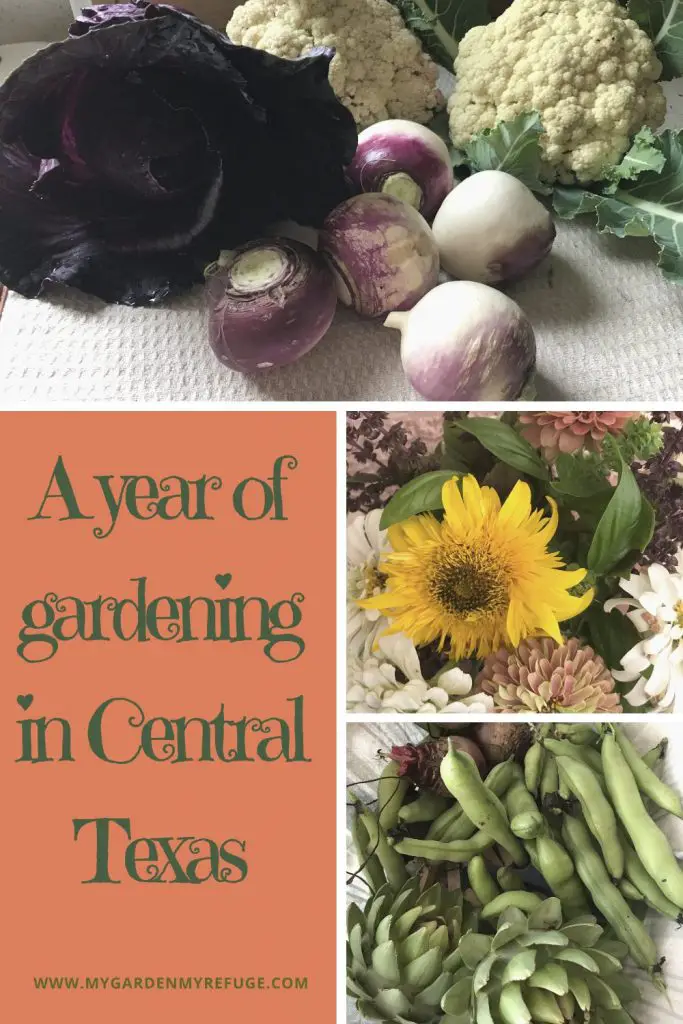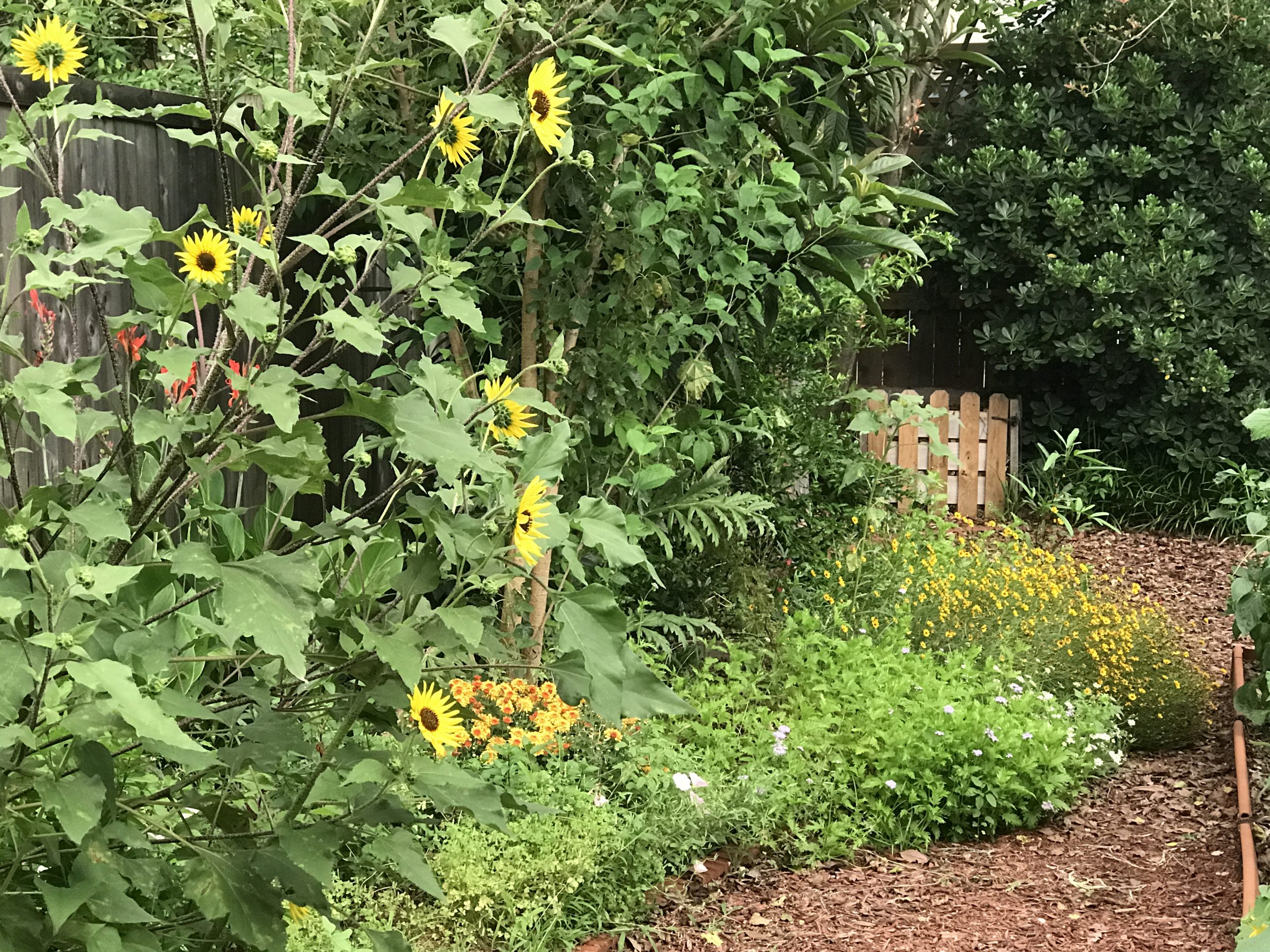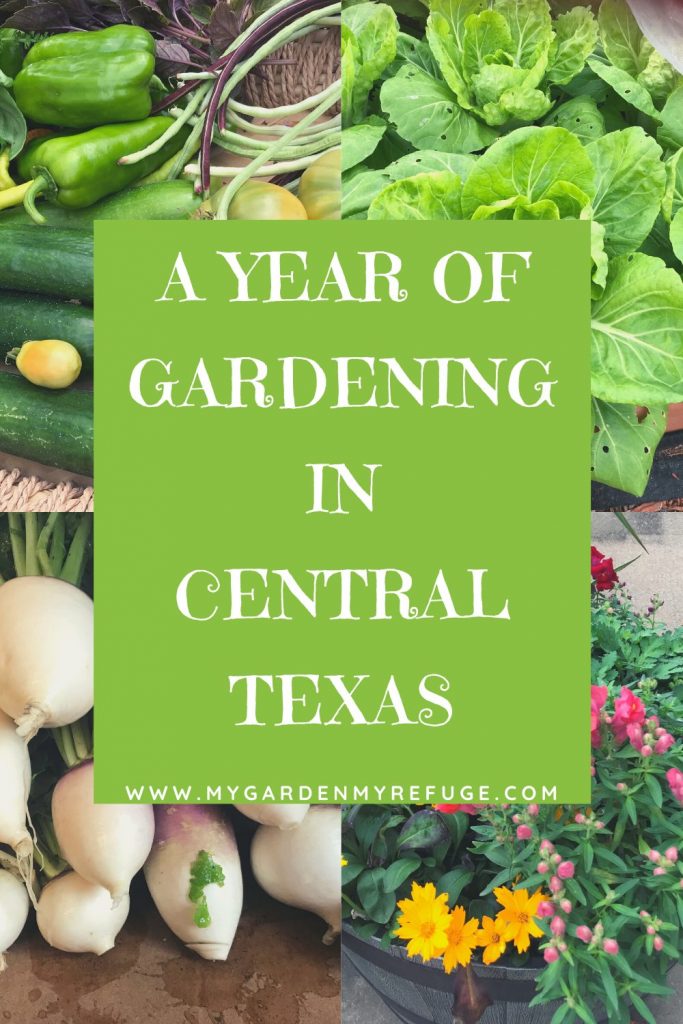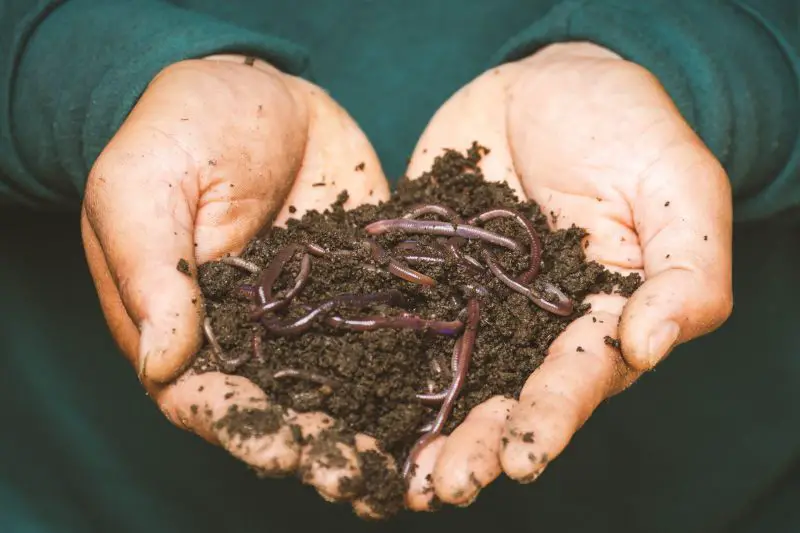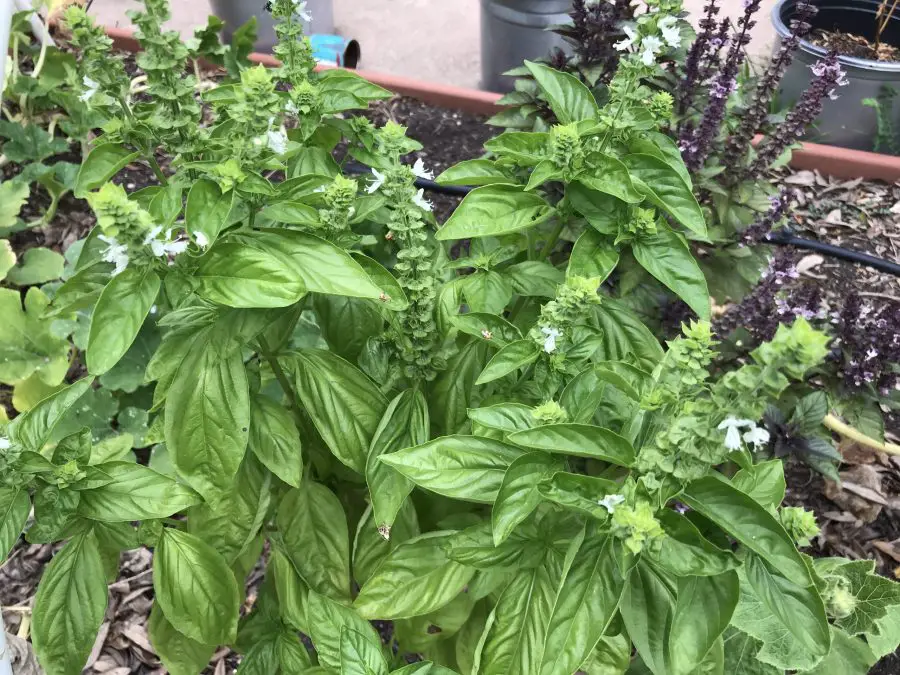A year of gardening in Central Texas is full of joy and excitement. But, it is also full of surprises due to its unpredictable weather. The challenges gardeners face change every month.

January in the garden:
January is the most beautiful month in the vegetable garden. Crops are reaching maturity, and harvest is at its peak. Although it is not the busiest time of the year, it is the time to start seeds indoors.
- Harvest beets, broccoli, cauliflower, cabbage, leafy greens, turnips, and carrots. Fresh herbs such as parsley, cilantro, and celery are also wonderful from the garden.
- Sow broad beans, peas, lettuce, and more root crops.
- Plant another round of brassicas and leafy greens.
Start tomato, eggplant, and pepper seeds indoors. They will be the first to go into the ground in early Spring. Start them now to have strong transplants for March planting.
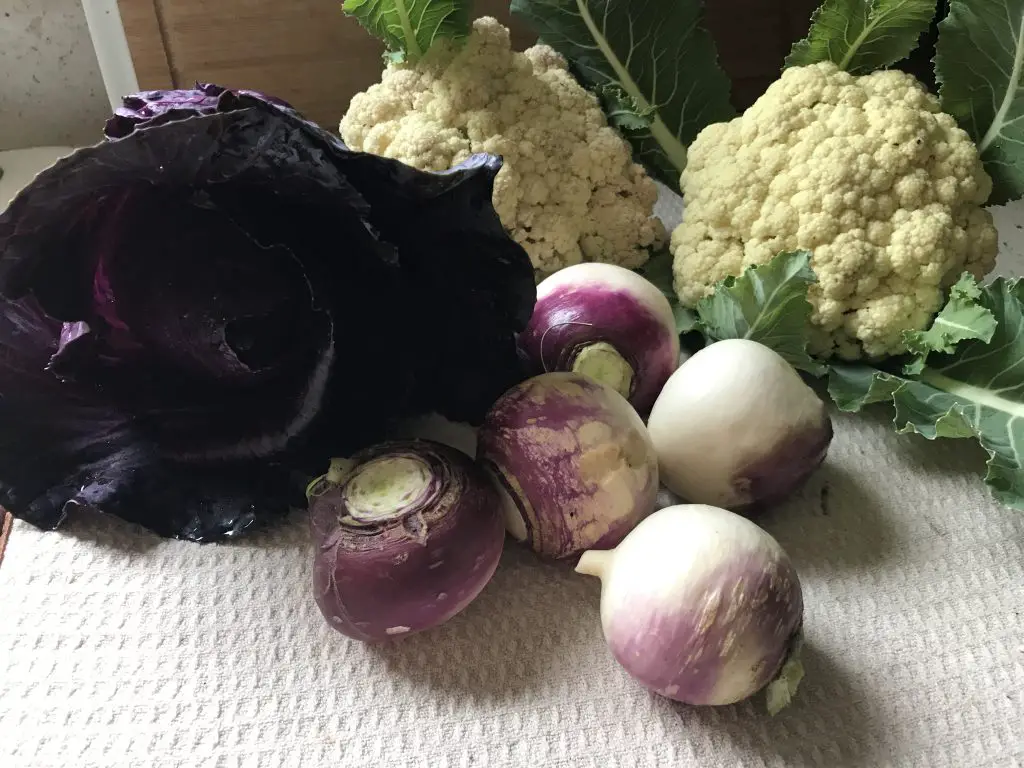
February in the garden
Keep Harvesting beets, broccoli, cauliflower, cabbage, leafy greens, turnips, and carrots. If you haven’t planted the second round in January, these might be the last bits of the garden.
Direct sow potatoes.
Plant more leafy greens if you have enough space for early spring planting.
Start peppers, eggplants, and basil indoors if you have not done so in January. If winter seems mild, you can also start summer squash, cucumbers, green beans, and okra, even though they are easy to direct sow.
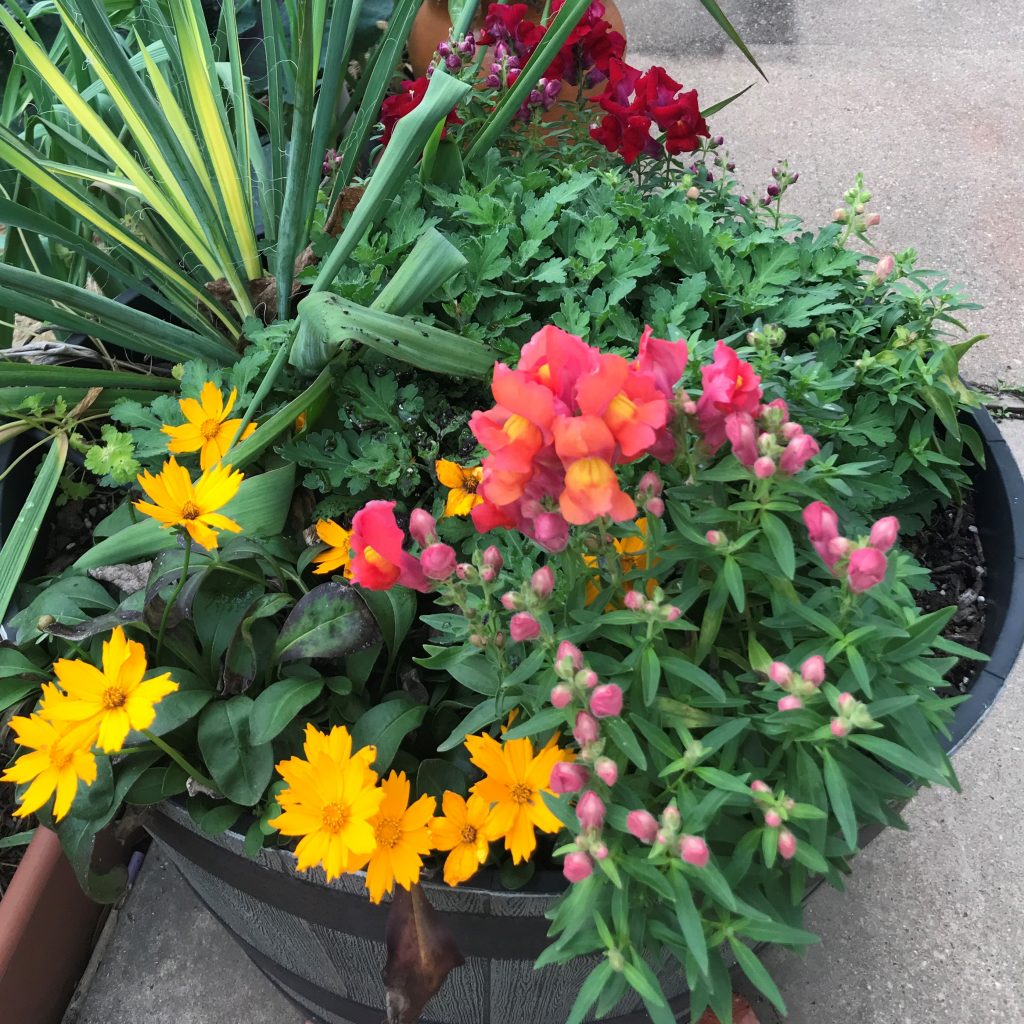
March in the garden
March is the time wildflowers start showing popping up from the ground. Vining peas are filling up the trellis and blooming prolifically.
Plant your tomatoes as soon as any threat of frost has passed. But be prepared for any sudden changes in the weather. March is notorious for sudden hail storms, heavy rain, or cold fronts, so be prepared. Use good quality row cover to protect plants in case temperatures drop below 50F (10C).
This month is a good time to start summer squash and cucumbers indoors to get a head start on the season. However, it is better to direct sow them in the ground.
Harvest peas and what’s left from the winter garden and prepare the beds for warm-season planting.
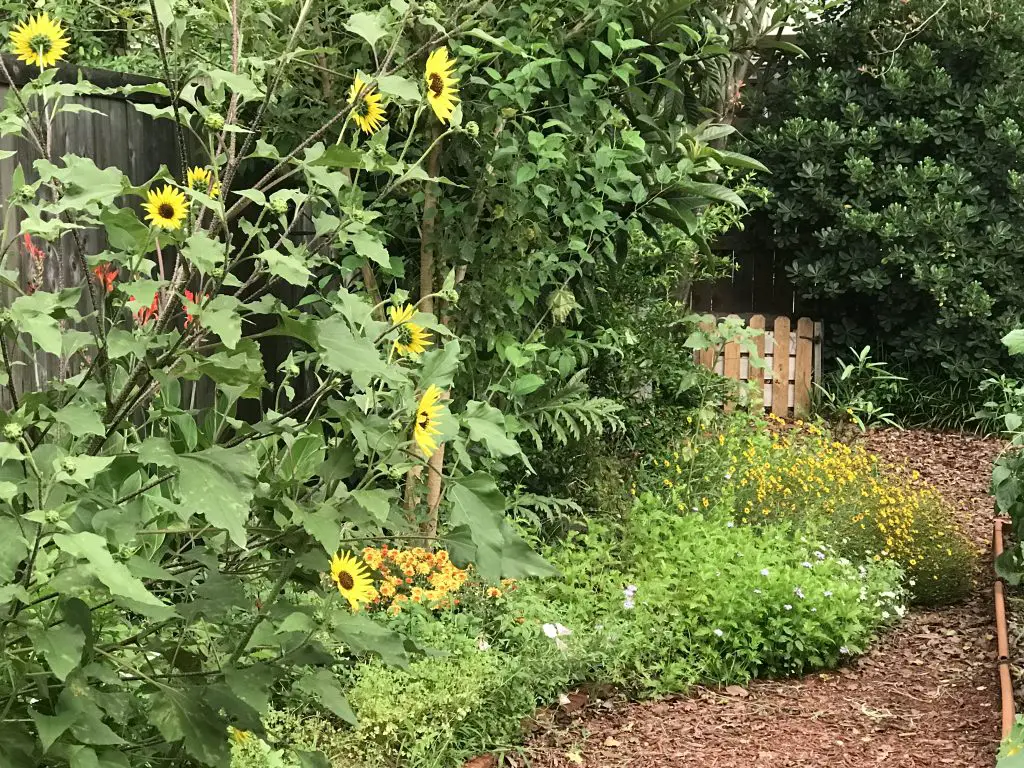
April in the garden
April is one of the most beautiful months in the garden. It is full of life with all the bees, butterflies, and other flying creatures hovering around celebrating Spring. Nonetheless, the weather can still play tricks on us, so be aware of any sudden changes.
Plant heat-loving crops such as peppers, eggplants, squash, and cucumbers in the ground.
Direct sow green beans, summer squash, cantaloupe, and basil, ensuring the soil remains moist to speed up germination.
Harvest garlic, leeks, parsley, cilantro, broad beans, fennel, and celery.

May in the garden
Many perennials and annuals are blooming this year, and Summer is right around the corner. Tomatoes are setting fruits along with peppers and eggplants.
Sometimes peppers and eggplants take time to bloom, but they will eventually.
Watch out for squash vine borer, the killer of our summer squash.
Keep training green beans and cucumber up on their trellis.
Leave cilantro, parsley, and fennel to bloom. Swallow-tail butterflies will feed on them and lay their eggs.
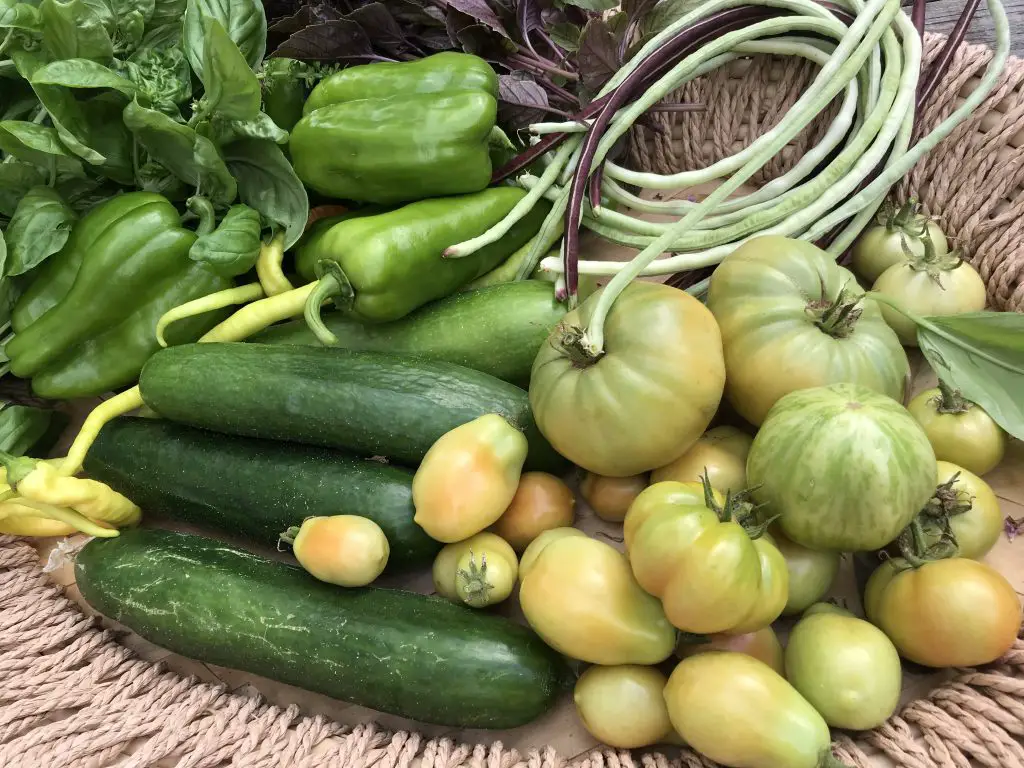
June in the garden
The heat is here, and the Summer season is kicking in. However, the garden’s bounty is still going, and maybe it’s at its peak. Everything is producing at this point; tomatoes, peppers, eggplants, cucumbers, zucchini, and greens beans are all loaded.
Now is the time to direct sow okra, pumpkins, and melons. But unfortunately, it is also the time for pests like aphids, spider mites, stink bugs, hornworms, and squash borers, to feast.
Don’t forget to monitor your watering and keep it on a schedule. Infrequent deep watering is better than many shallow watering.
Harvest potatoes and onions. Allow to air dry before storing in a dry, cool, and dark place.
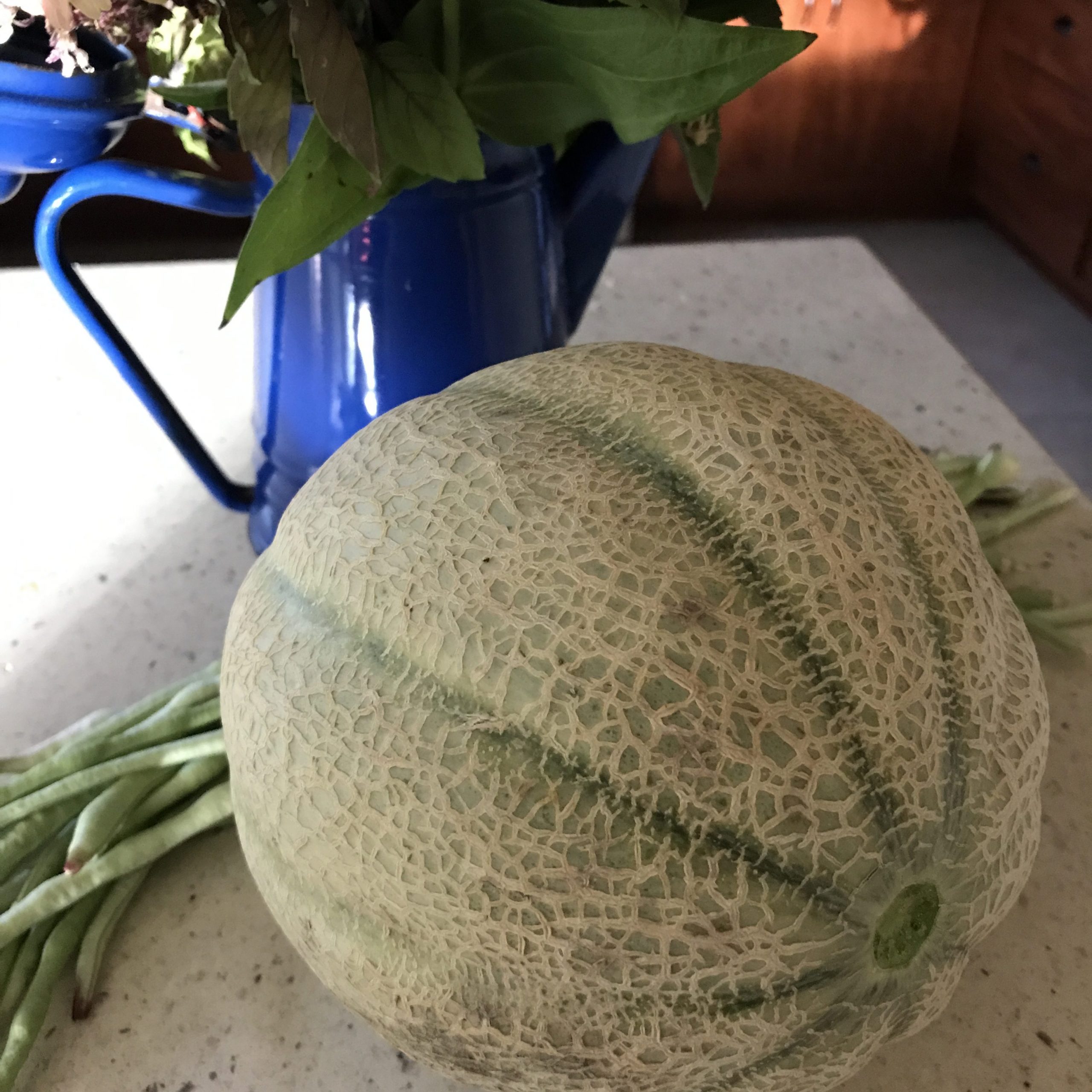
July in the garden
The rising heat and lack of rain bring the garden to a lull. Peppers and cucumbers are slowing down, while green beans and eggplants are trying to keep up.
Tomatoes are coming to a halt. If you planted indeterminate tomatoes, cut them back to a third, allowing them to refresh and restart in the fall. On the other hand, determinate tomatoes’ production is over for the season. So pull them out and replace them with new plants.
Direct sow the second round of cucumbers, zucchini, and greens beans for fall harvest. And maintain pumpkins, eggplants, and okra which may still be setting fruits.
Harvest green beans and okra regularly to encourage continuous production. Melons should be ready for harvest too.
Enjoy summer flowers and make some arrangements for your enjoyment. Zinnias, basil, passion flower, blue butterfly pea, and sunflowers are at the peak of their bloom.
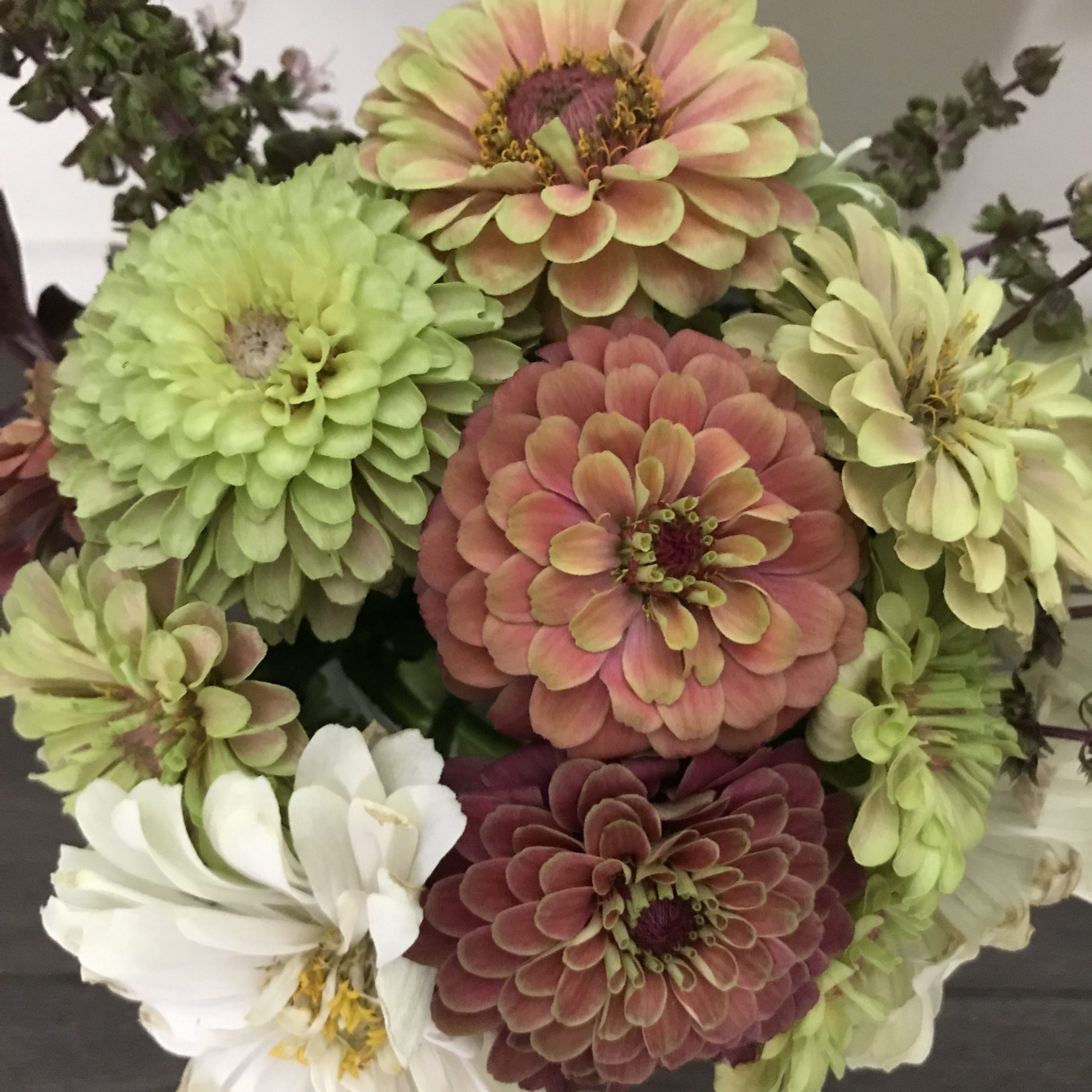
August in the garden
Some plants might need some sun protection, such as tomatoes and peppers. Giving them shade will help them renew their energy for the fall production.
Harvest parsley, cilantro, and fennel seeds.
Plant summer potatoes for winter harvest. However, this is not the main potato crop; the yield won’t be as good as the spring harvest.
Some gardeners like to start cauliflower and broccoli seeds indoors at this time too. In this case, make sure that they are heat-tolerant varieties.
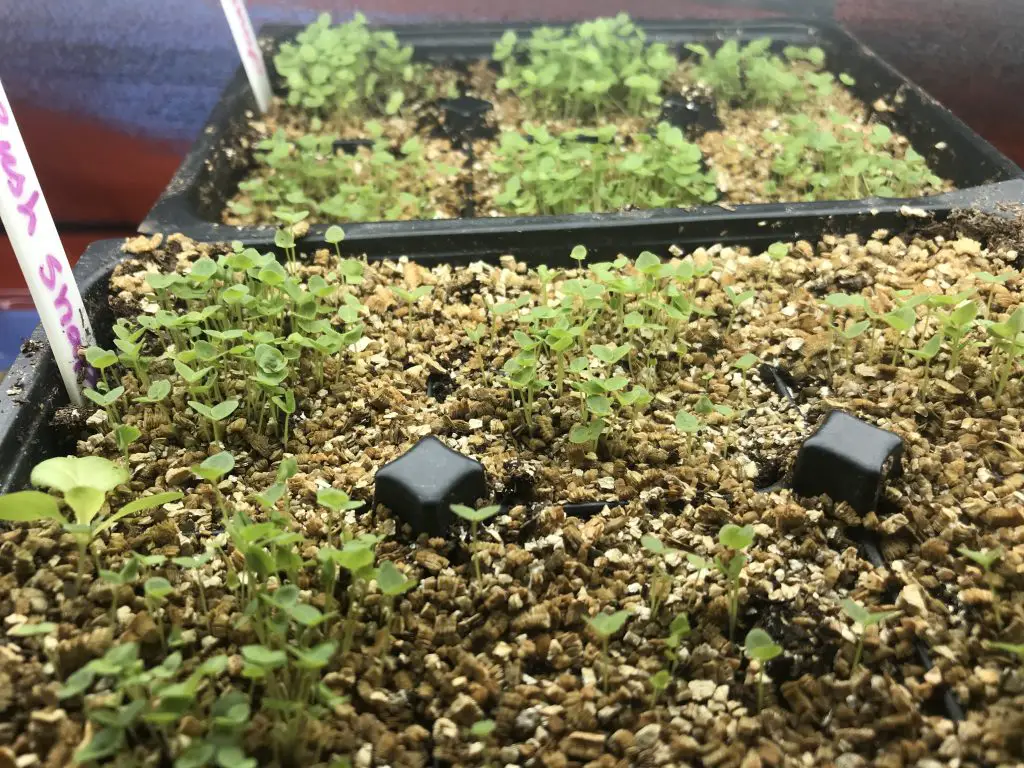
September in the garden
Most of the time, the hot weather is still going strong. So keep watering the garden regularly.
Tomatoes are coming back to life, and a few blooms might be showing. You can help them by giving them a boost of seaweed fertilizer to make them happy.
Keep the newly planted cucumbers, squash, and beans well-watered and shaded.
Start cool-season crops indoors, such as cauliflower, broccoli, cabbage, lettuce, and leafy greens.
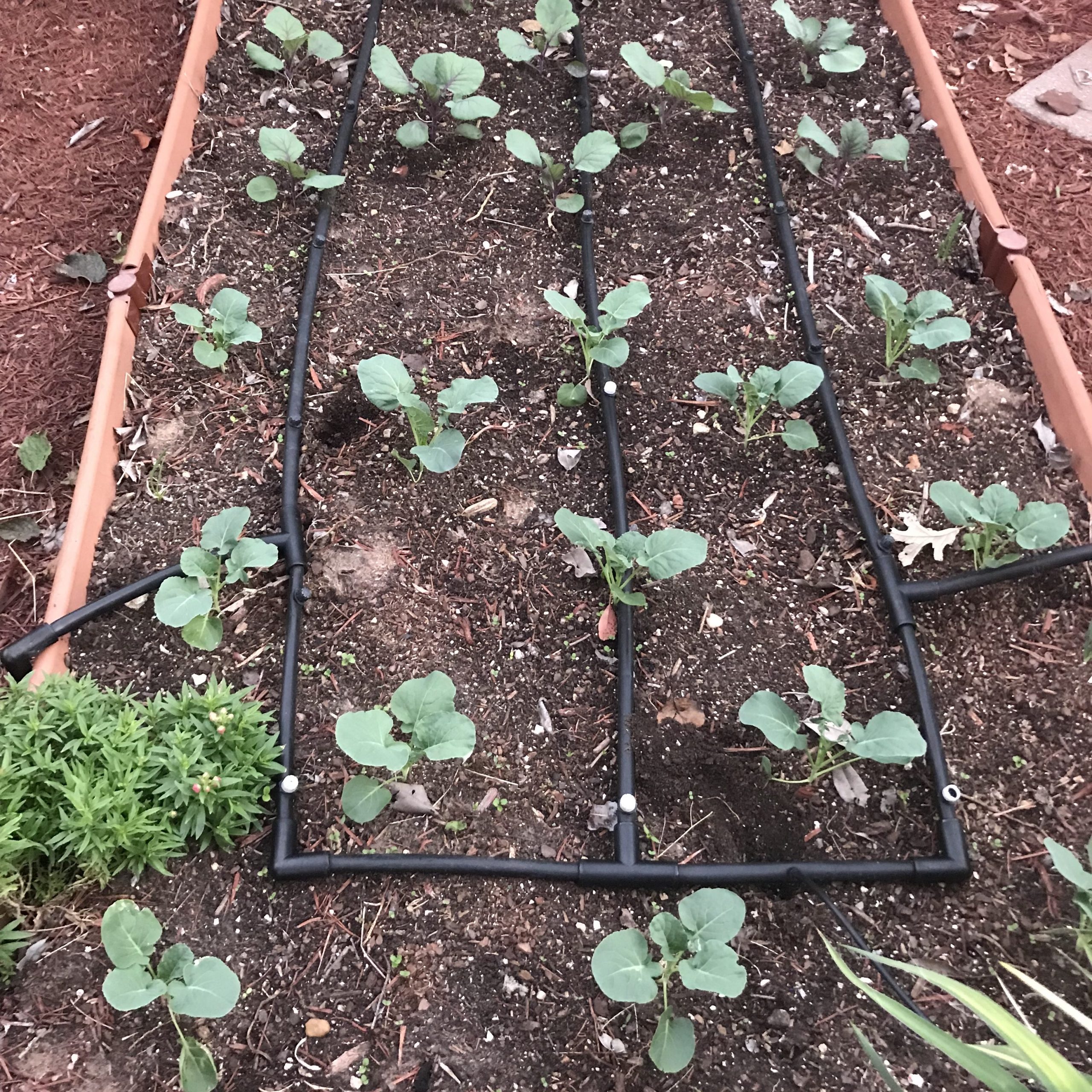
October in the garden
October is the time life comes back to the garden. Tomatoes, peppers, eggplants, green beans, okra, squashes, and melons are the joy of the fall garden.
If the temperatures are below 90F (32C), it is cool enough to plant fall crops.
Direct sow carrots, lettuce, beets, turnips, parsley, cilantro, and fennel.
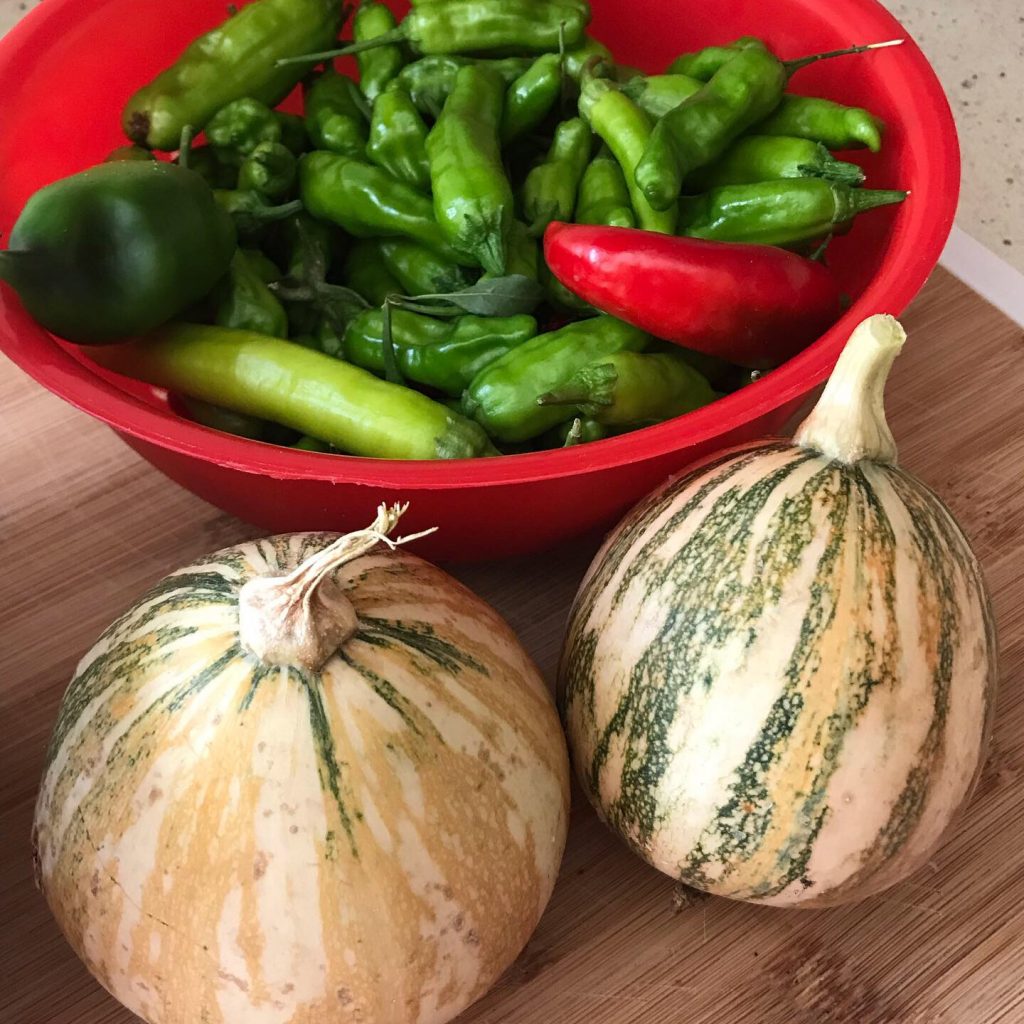
November in the garden
Every year is different in central Texas. Fall is another unstable season for the garden. Switching between hot and cool days is sometimes somewhat challenging for the gardener.
Plant cool-season crops and keep harvesting warm-season crops.
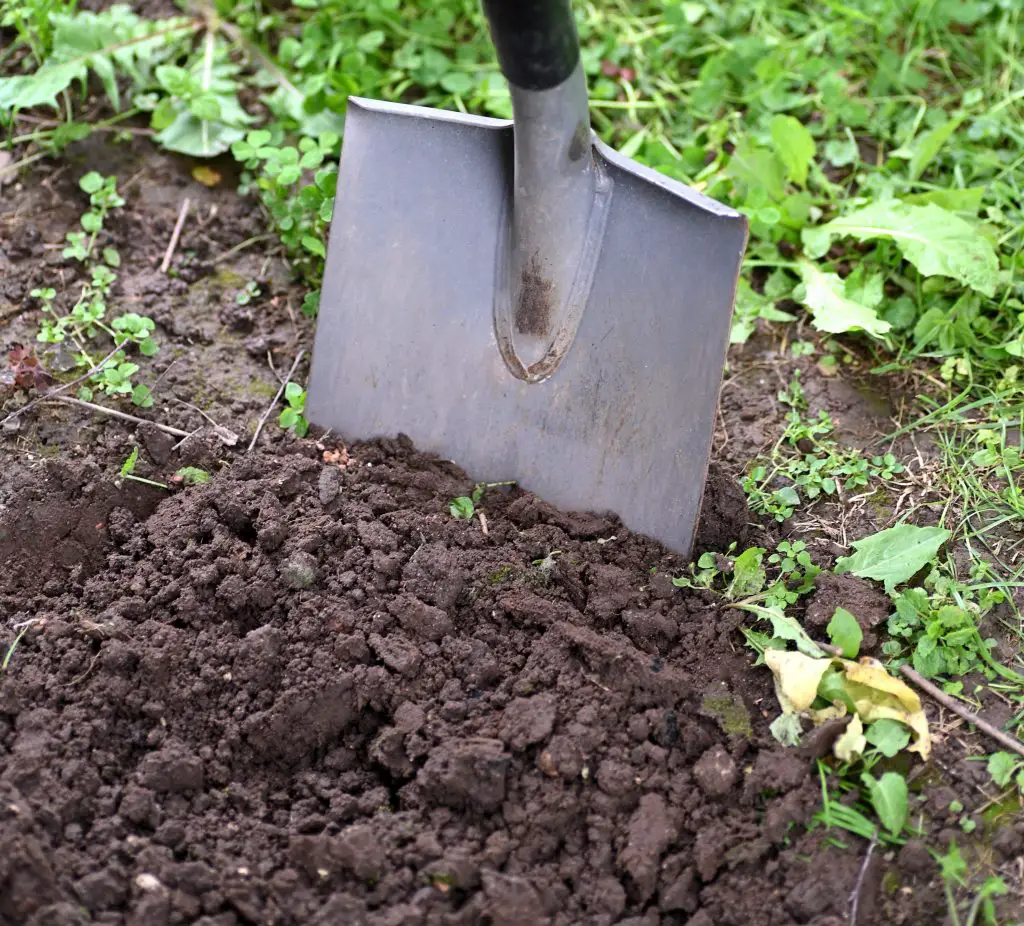
December in the garden
Winters are mild in central Texas with occasional freezes, but now and then, harsh weather conditions may occur and cause damage, but that is not the norm.
This time of year, cool-season crops are making it to the table, bringing comfort to the family.
During the winter break, gardeners start planning for the coming season. It is a great time to review the garden journal and note what changes to make for the following year.
